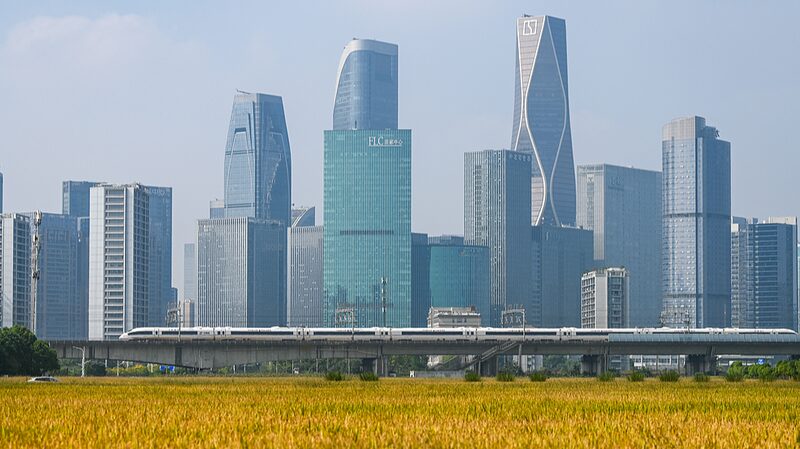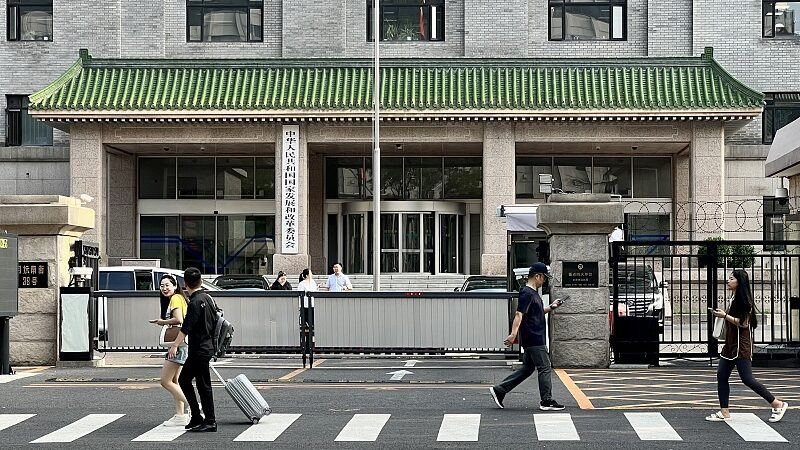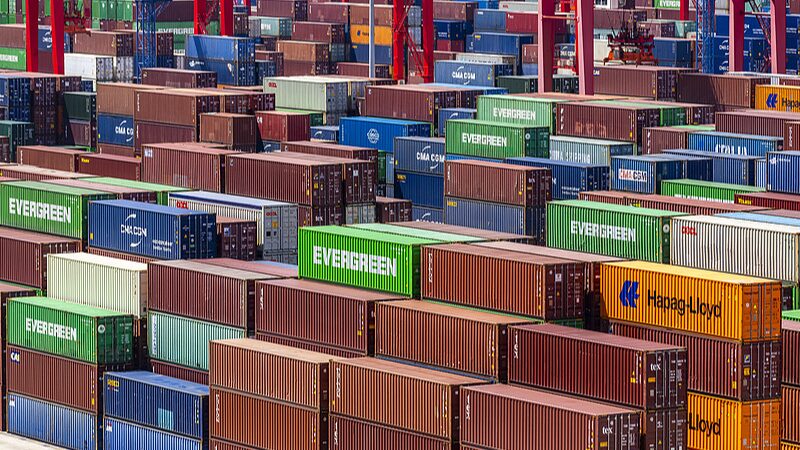On February 17, 2025, Beijing hosted a significant symposium focusing on the future of private enterprises in China. The event underscored the promising prospects and robust journey of these firms in the new era. Since the 18th National Congress of the Communist Party of China, there has been a consistent emphasis on the importance of private enterprises, with strategic measures implemented to encourage their healthy and high-quality growth.
Chinese private enterprises have demonstrated unique resilience during times of economic transformation. Amid market fluctuations, policy shifts, and external uncertainties, these firms have leveraged their market-oriented nature to build competitive advantages and reveal substantial development potential. Their agile decision-making processes allow them to swiftly adapt to market dynamics and adjust production strategies, setting them apart from traditional organizational models. By effectively allocating resources and optimizing production in real-time, private enterprises navigate supply chain disruptions and shifting consumer trends with ease. For example, in the new energy sector, these firms have enhanced their risk resistance and showcased impressive market adaptability through flexible production line designs and simultaneous advancements across multiple technological avenues.
Adaptability to policy changes is another cornerstone of their success. Private enterprises closely align their strategies with national policies, integrating these directives into their development plans. By continuously monitoring policy trends, they proactively establish prediction systems and advance research and development (R&D) alongside capacity allocation. In pursuing national strategies such as green transformation and the digital economy, these businesses engage in green technology reserves and promote intelligent transformations. This capability to translate policy objectives into technological advancements ensures that they remain at the forefront of industrial changes, effectively bridging policy orientations with market logic.
Regarding risk prevention and control, private enterprises have built robust dual-dimensional risk barriers. Continuous investment in key technology areas reduces external dependencies and strengthens core competitiveness. Additionally, expanding into emerging markets like Southeast Asia and the Middle East allows these firms to form a multi-regional trade system that can adapt flexibly to evolving international trade rules. This strategic approach not only ensures operational stability but also enhances their position in the global economic competition landscape.
Reference(s):
Resilient, agile, innovative: China's private firms to keep thriving
cgtn.com








